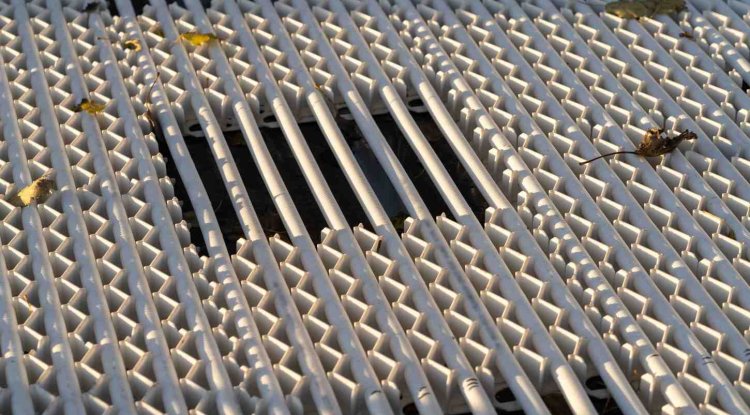Mastering Waterproofing & Drainage in Deck Design
A well-designed deck adds extra living space and increases your property’s value. However, it must be properly protected from water damage to last long. In this post, we’ll explore the key waterproofing and drainage tips you need to keep your deck strong, safe, and durable through all kinds of weather.

Why Waterproofing Matters: The Hidden Dangers
|
Water infiltration is one of the biggest threats to a deck’s durability and safety. Without proper waterproofing:
Even small amounts of water getting in can lead to major structural failures over time, especially where the deck connects to the house. |
|
Core Waterproofing Strategies
|
1. Material Selection
Choose naturally water-resistant woods (cedar, redwood) or composite materials specifically engineered for outdoor exposure. For substructures, use pressure-treated lumber rated for ground contact.
|
2. Protective Barriers
Apply waterproof membranes over joists and beams before installing decking. Use joist tape at all exposed horizontal surfaces where water can pool.
|
|
3. Sealants & Finishes
Implement regular application schedules for water-repellent sealers, stains, or paints. Ensure complete coverage including end grain and cut edges.
|
4. Flashing Details
Install metal or composite flashing at all wall connections, around posts, and other penetrations. Use kickout flashing where deck meets siding.
|
Effective Drainage Design Principles
|
|
|
Critical Connection Points
Ledger Board ProtectionThe ledger board-to-house connection is the most vulnerable point for water intrusion. Proper protection must include:
|
|
How Consac Enhances Waterproofing Systems
|
|
Consac’s integrated approach to structural waterproofing offers architects and builders advanced solutions that go beyond standard deck protection:
|
What's Your Reaction?




















